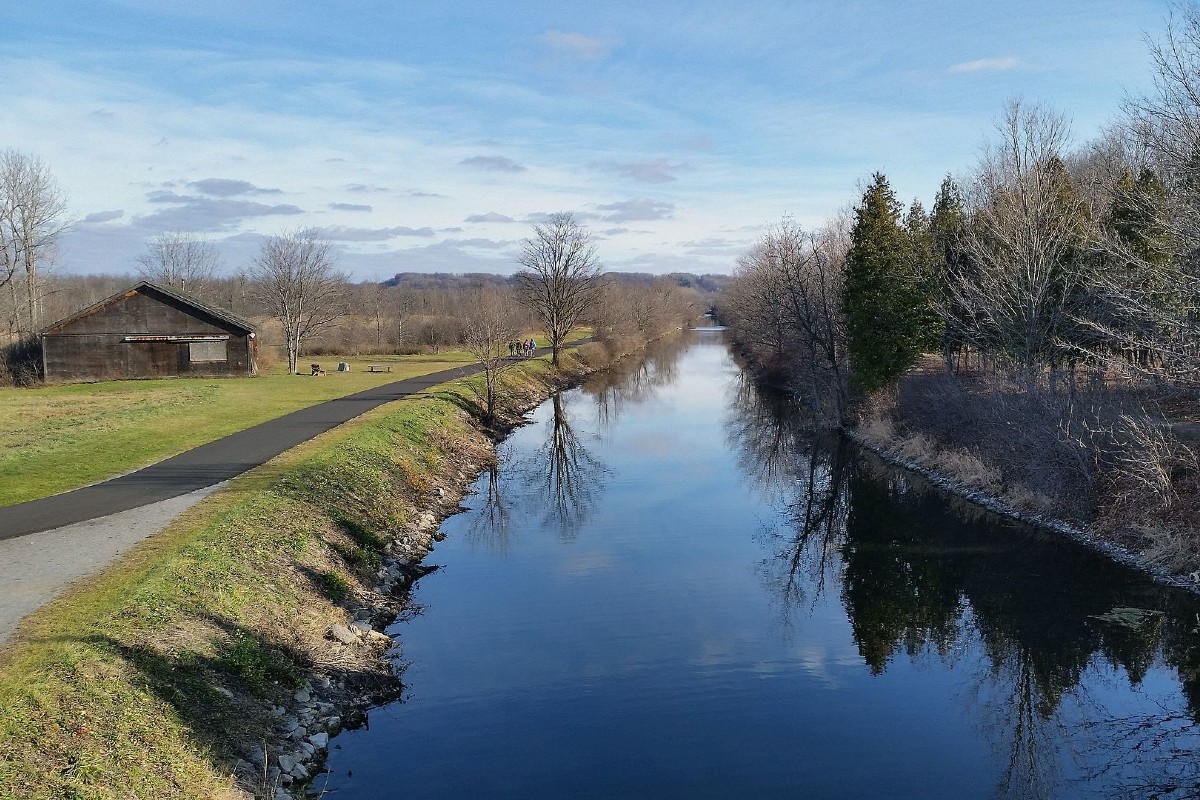By Elliott Brack
Editor and Publisher, GwinnettForum
June 2, 2023 | Let’s delve back some into recent Georgia history.
![]() Do you remember a proposal, perhaps 50 years ago? There was talk of the possibility of constructing a shipping canal between the Ocmulgee and Flint Rivers. The closest distance between the two south-flowing rivers is about 30 miles, from Abbeville to west of Cordele.
Do you remember a proposal, perhaps 50 years ago? There was talk of the possibility of constructing a shipping canal between the Ocmulgee and Flint Rivers. The closest distance between the two south-flowing rivers is about 30 miles, from Abbeville to west of Cordele.
This proposed waterway would have floated East Coast shipments that were headed to the Gulf of Mexico area, and possibly New Orleans and Texas. It would have cut out the long shipping route around the Florida peninsula, and be a major time and distance saving for boatmen. It would also provide similar savings for recreational boaters.
While there was some enthusiasm about the proposed canal, it was never built.
And that was a good development, we can say after reviewing load factors on the Erie Canal in New York state, and how they have become less common.
We’ve been reading about the Erie Canal lately, a monumental venture which started construction in 1817, with the 363-mile original navigational canal completed in 1825, on time and under budget (of $6 million.) It immediately opened up shipment of goods from the upper reaches of the United States to the port of New York, saving tremendously in time and freight costs. It was originally 4-feet deep and 40-feet wide.
The effect of the Erie Canal was both immediate and dramatic, and settlers poured west. What previously took at least two weeks to travel by stage from Albany to Buffalo, the Erie terminus, only took five days. The explosion of trade spurred by freight rates from Buffalo to New York of $10 per ton by canal, compared with $100 per ton by road.
In 1825, roughly 562,000 bushels of wheat, plus 221,000 barrels of flour, 435,000 gallons of whiskey, and 32 million board feet of lumber helped make up the 185,000 tons of eastbound canal cargo. Only 32,000 tons were shipped west, consisting mainly of manufactured goods. But now people in the western lands around the lake could get heavy goods like furniture at reasonable shipping costs.
The total amount of freight moved on the Erie Canal increased in volume as the years went by. In 1860, freight totals on the canal had increased to 1,896,975 tons eastbound and 379,000 tons westbound. In 1862, swollen by Civil War shipments, canal freight traffic exceeded 3 million tons.
Freight traffic reached a total of 4.7 million metric tons by 1951. The growth of railroads and highways across the state, and the opening of the St. Lawrence Seaway in 1959, caused commercial traffic on the canal to decline dramatically during the second half of the 20th century. The canal still serves a niche freight function and is occasionally used to move projects and specialized cargo too large to fit on road or rail. Since the 1990s, the canal system has been used primarily by recreational traffic.
So, what has this to do with Georgia? It’s good that the idea of the canal connecting the Ocmulgee and Flint Rivers was not built. That’s because with today’s heavy rail line usage, and the increased use of trucking companies, the idea of building the canal for freight use today would have seriously declined. Such a canal would probably only today be used for recreational boating. And the financing of the bonds would have soured, because of the loss of freight revenues, and probably been a burden of the state.
So, be pleased that this Georgia project never got off (or in) the ground.
- Have a comment? Send to: elliott@brack.net










Follow Us